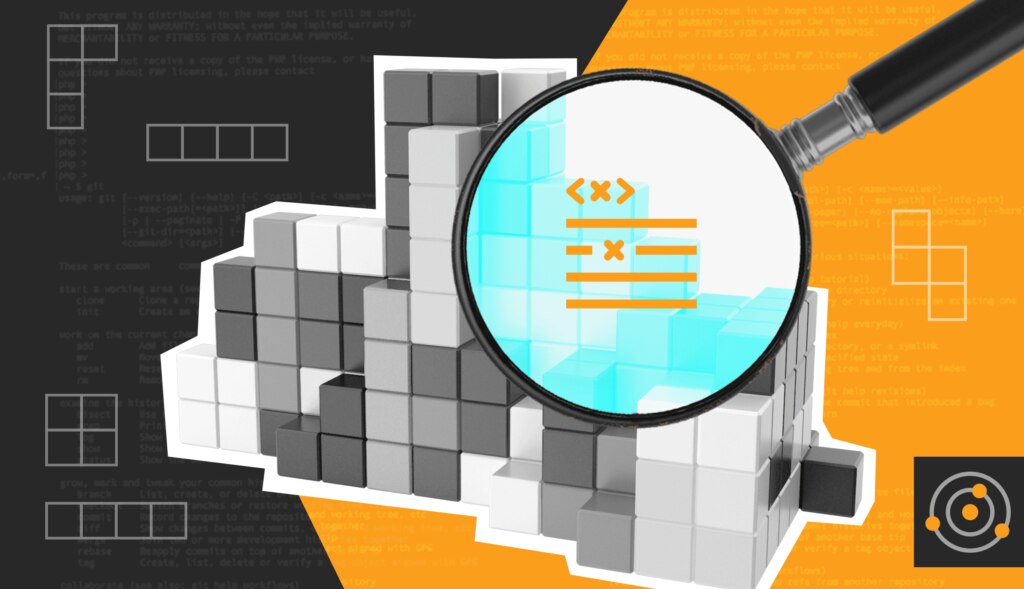Though you might use custom-made apps for many reasons, there’s only one reason you deploy them: off-the-shelf solutions just can’t get the job done.
Whenever operations are too complex for a commercial application already in place or whenever a new kind of digital business is launched, a custom app is necessary. This is true no matter what the business model is. Apps designed to manage complicated supply chains, online shopping apps, and startup food delivery services all require custom apps, and due to the explosion of custom app deployment, this need is only growing.
Still, managing custom apps isn’t without its complications. Modern custom apps are written on top of the latest architectures, while in the past, app code was a single piece. Instead of consisting of one monolithic piece, custom apps are built from a series of interlocking services, each one responsible for a lot less than previous apps used to be.
There aren’t simple one-to-one relationships between apps and infrastructure anymore; instead, the relationship between modern applications and their environments is nuanced and layered.
Modern apps and infrastructures never quit being dynamic—services change and get reconfigured all the time, and they’re rearranged and deployed in different places like tiny building blocks. But all this rearranging can add complexity. These operations can eventually add hundreds of thousands of separately executable code elements. And even after they’ve left production, custom apps continue to evolve. The rollout never stops.
Custom apps offer quick value, and they’re easy to build and deploy when everything goes right. But when something goes wrong due to increased heterogeneity, dynamism, and complexity, it can be terrifying. And with the pandemic, you have to manage the entire thing while working from home.
Two Pandemic-Induced Scenarios
Generally, custom apps need to be highly available. The user experience they provide has to be engaging, which means they need to have good end-to-end application performance, even during times when demand is unpredictable.
Companies have experienced dramatic changes over the last year, but two of the most prominent scenarios to arise include:
Accelerated Unpredictable Demand
Right now, the biggest challenge we face is unpredictable demand. Not knowing how much demand you’ll have for transactional work from applications can cause bottlenecks, which can then result in slowdowns or outages.
Additionally, some apps not considered business-critical before the start of the pandemic are far more important now. There has been high demand for software built to help businesses operate normally—like video conferencing software—and this will continue into the “new normal.” Having success is nice, but it can also cause chaos when a spike in demand is unexpected.
It isn’t easy to gather your team and find out why customers are telling you your website is slow or things aren’t working the way they’re supposed to. This is one of the key reasons unpredictable demand can lead to slowdowns. Remote web application support teams don’t know how to start solving problems based on general descriptions.
On the other hand, apps previously in demand—like travel sites—have been almost stagnant, which can lead to a need to cut costs.
Reduced Budgets
The pandemic dealt a massive blow to the worldwide economy. And whenever this happens, companies tend to tighten their fiscal belts in a major way.
If demand is down for your site, how are you supposed to tell where to cut costs? How are you supposed to figure out which resources you need to support decreased demand? Is it possible to rein in subscriptions for cloud resources like Amazon Web Services or Microsoft Azure?
Navigate the New Normal With APM
To make do throughout the crisis and into the future, companies have to measure the things they manage. Application performance management (APM), which focuses on monitoring the performance of applications, the applications’ users, and the infrastructure supporting the applications, is a must-have.
APM Helps Monitor the Unpredictable
There are four things
APM focuses on: application availability (whether the application is up or down), application performance (latency and response time), throughput (number of calls or transactions per second), and error rates for the app’s transactions. APM does so while keeping in mind the entire supporting infrastructure, whether it’s on-premises, part of a hybrid model, or in the public cloud.
APM also helps you figure out whether a problem causing your site to run slowly is affecting everyone or only those in specific regions.
APM offers several ways to monitor your environment:
- Synthetic transaction monitoring lets you look at the performance and availability of your web apps through the eyes of your users.
- Code profiling and transaction tracing give you full visibility into the performance of each element of the application, the services it’s comprised of, and the way they compete for infrastructure resources.
- Log management allows you to find issues and events related to applications and infrastructure and put these into the broader picture of application performance.
When combined, these features give you a comprehensive view of availability and performance, from the end user to the infrastructure, application, and service elements and all the way down to a single line of code.
APM Can Help You Stay Cost-Effective
APM can help you stay cost-effective because it isn’t expensive to procure or maintain. With the right solution, implementation and maintenance don’t have to consume valuable developer resources.
Early APM solutions were often expensive and required specific developer expertise and involvement during development. This is why many businesses reserved APM for apps where it was important to reduce management complexity and the cost associated with availability or performance issues. Fortunately, most expensive vendors have transitioned to modern architectures and now offer software as a service (SaaS) solutions.
Today’s APM tools are typically easier to use and more affordable. They also help protect revenue by improving a company’s business results, such as revenue, reputation, market share, and customer satisfaction.
If you’re constantly pushing new releases into production through a continuous integration and continuous delivery (CI/CD) pipeline, an APM solution can help. These tools can adapt to new releases automatically when they’re deployed without the need for manual reconfiguration. If you use a blue/green or canary deployment process instead, an APM solution can give you the necessary information to decide whether to move forward with a release or roll it back.
If demand for your website is down, APM can help you figure out the exact amount of infrastructure resources you need to support this lower demand. This knowledge can then help you safely deprovision and save money by rolling back your subscriptions for cloud resources.
How to Get Started With APM
Before you deploy an APM solution, you should inventory your applications. Businesses often break their apps into two or three tiers.
Money is no object for tier-one applications. You have to do whatever it takes for these apps because they’re your entire business. If 90% of your revenue is associated with your online information system, you have no choice but to instrument every aspect of the application.
Tier-two apps, on the other hand, may have become business-critical because of the pandemic (and may stay critical in the new normal). It’s also possible these applications haven’t been instrumented due to APM’s previous reputation of complexity and cost. But now that these issues are no longer associated with
modern APM, it’s time to instrument these applications.
With things set to return to some semblance of normal soon, now is a good time to reassess what’s important to your business and what isn’t. Evaluate your APM needs, whether the pandemic has harmed or helped your business—and instrument your applications, so you can stop running blindly.




